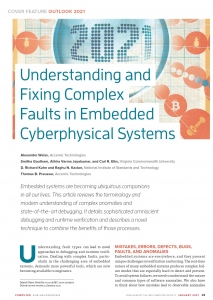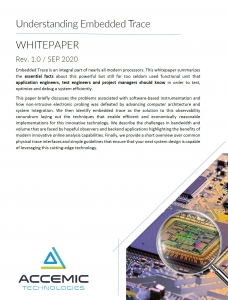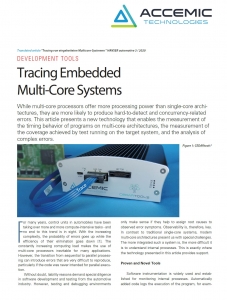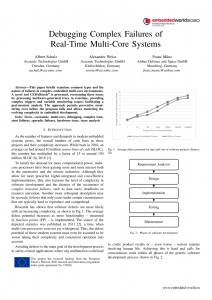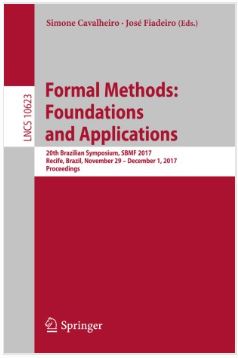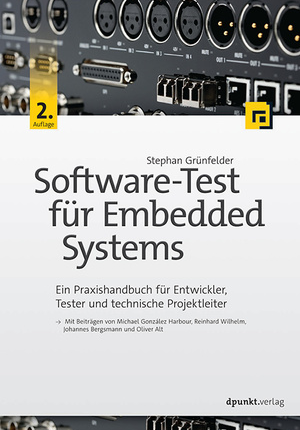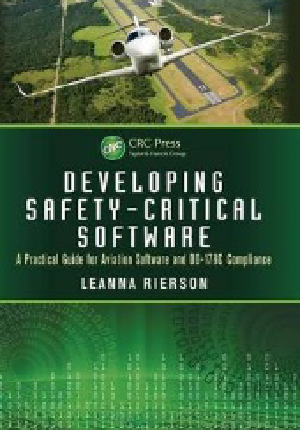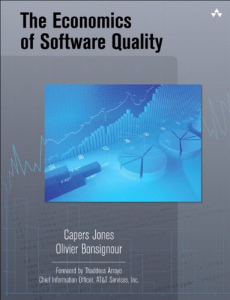Embedded Trace is an integral part of nearly all modern processors. This whitepaper summarizes the essential facts about this powerful but still far too seldom used functional unit that application engineers, test engineers and project managers should know in order to test, optimize and debug a system efficiently.
This paper briefly discusses the problems associated with software-based instrumentation and how non-intrusive electronic probing was defeated by advancing computer architecture and system integration. We then identify embedded trace as the solution to this observability conundrum laying out the techniques that enable efficient and economically reasonable implementations for this innovative technology. We describe the challenges in bandwidth and volume that are faced by hopeful observers and backend applications highlighting the benefits of modern innovative online analysis capabilities. Finally, we provide a short overview over common physical trace interfaces and simple guidelines that ensure that your next system design is capable of leveraging this cutting-edge technology.

